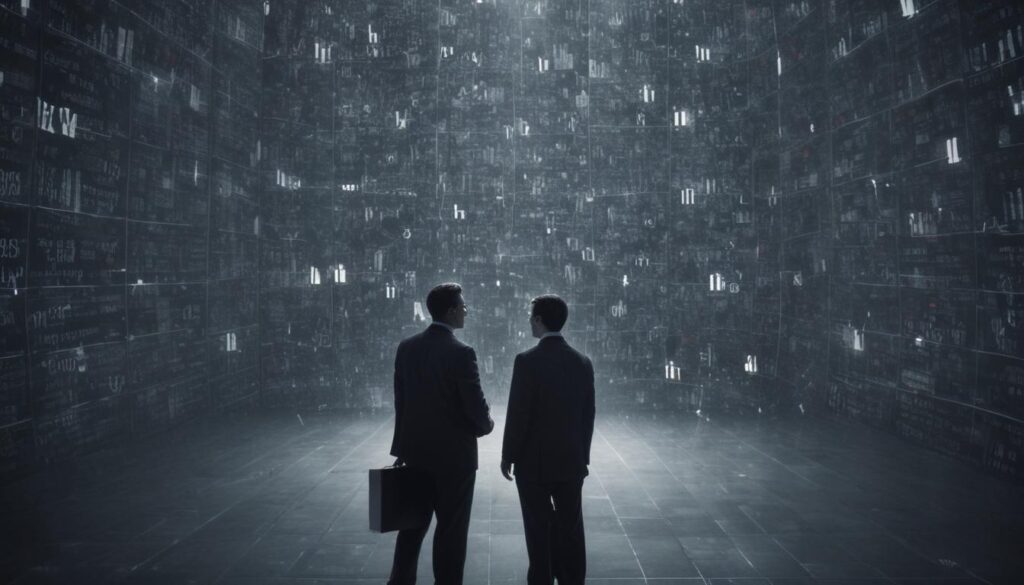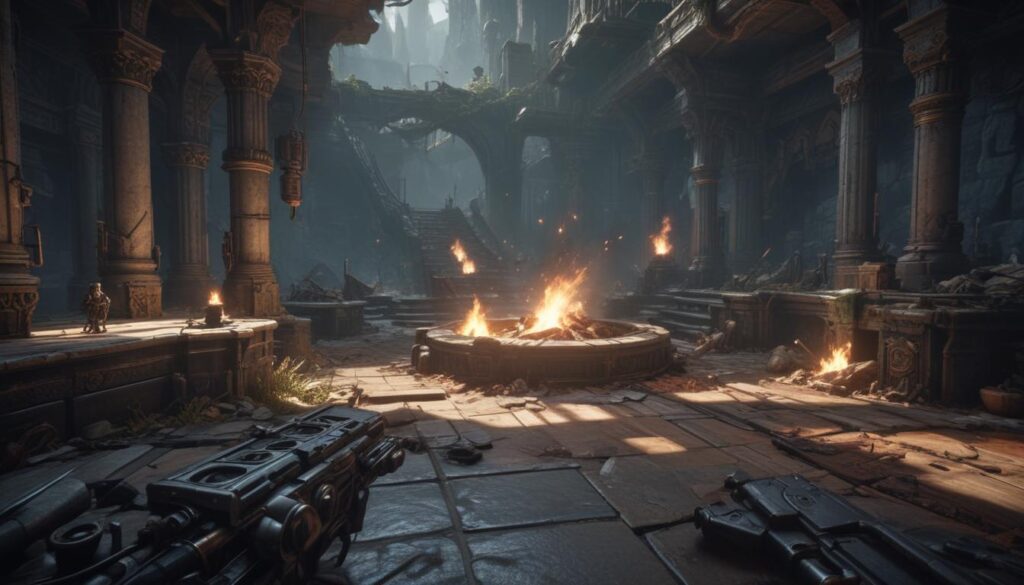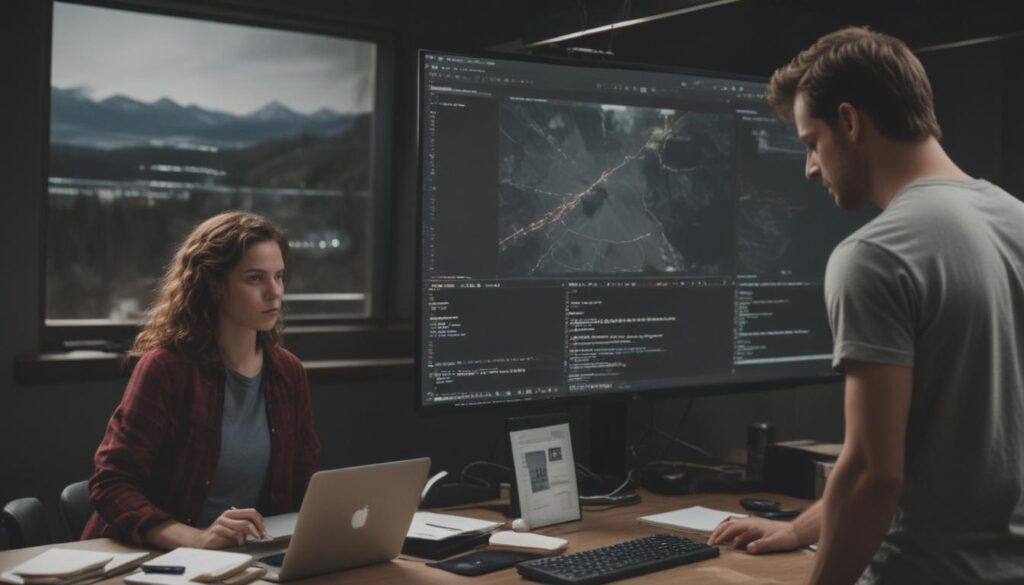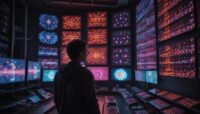Now Reading: Computer Vision Guide for Developers
- 01
Computer Vision Guide for Developers
Computer Vision Guide for Developers

Computer Vision for Software Developers Your Practical Guide
As a software developer, you excel at building logic, managing data, and creating seamless user experiences. But when you hear the term “Computer Vision,” you might picture complex calculus, abstract neural network diagrams, and research papers that seem a world away from your daily coding tasks. It feels like a domain reserved for AI researchers with PhDs, not for the practical, product-focused developer.
What if you could harness the power of computer vision without needing to become a machine learning scientist overnight? The truth is, the tools and frameworks available today have made computer vision more accessible than ever. This guide is your bridge from traditional software development to the exciting world of visual AI. We will demystify the core concepts, introduce you to the essential tools, and show you a clear path to building your first computer vision application.
What Exactly Is Computer Vision
At its core, computer vision is a field of artificial intelligence that trains computers to interpret and understand the visual world. Using digital images from cameras, videos, and deep learning models, machines can accurately identify and classify objects and then react to what they “see.”
Think of it this way. Your application can process JSON or XML data with ease. Computer vision gives your application an API for the physical world, allowing it to process visual data—pixels, images, and video streams—and extract meaningful information from it. It’s the difference between an application that simply stores an image file and one that understands there is a cat, a car, or a handwritten “STOP” sign within that image.
Why Should Software Developers Care About Computer Vision
Integrating computer vision is no longer a niche specialty; it’s a powerful tool that can elevate your applications and solve complex, real-world problems. It’s a skill set that puts you at the forefront of innovation.
A Massive and Growing Market
From automated quality control in manufacturing to interactive retail experiences and advanced driver-assistance systems in cars, computer vision is a driving force in nearly every industry. Businesses are actively seeking developers who can build and integrate these intelligent visual features, making it a highly valuable and future-proof skill.
Solving Unique and Challenging Problems
Imagine building software that can help a visually impaired person navigate their surroundings, an application that automatically scans and digitizes invoices to reduce manual data entry, or a system that monitors crops for signs of disease. These are not futuristic dreams; they are practical problems being solved by developers using computer vision tools today.
Expanding Your Development Toolkit
Learning computer vision expands your problem-solving capabilities. You’ll learn how to handle new data types (images and video streams), work with powerful machine learning libraries, and think about software in a completely new dimension. It complements your existing skills and opens up new career paths.
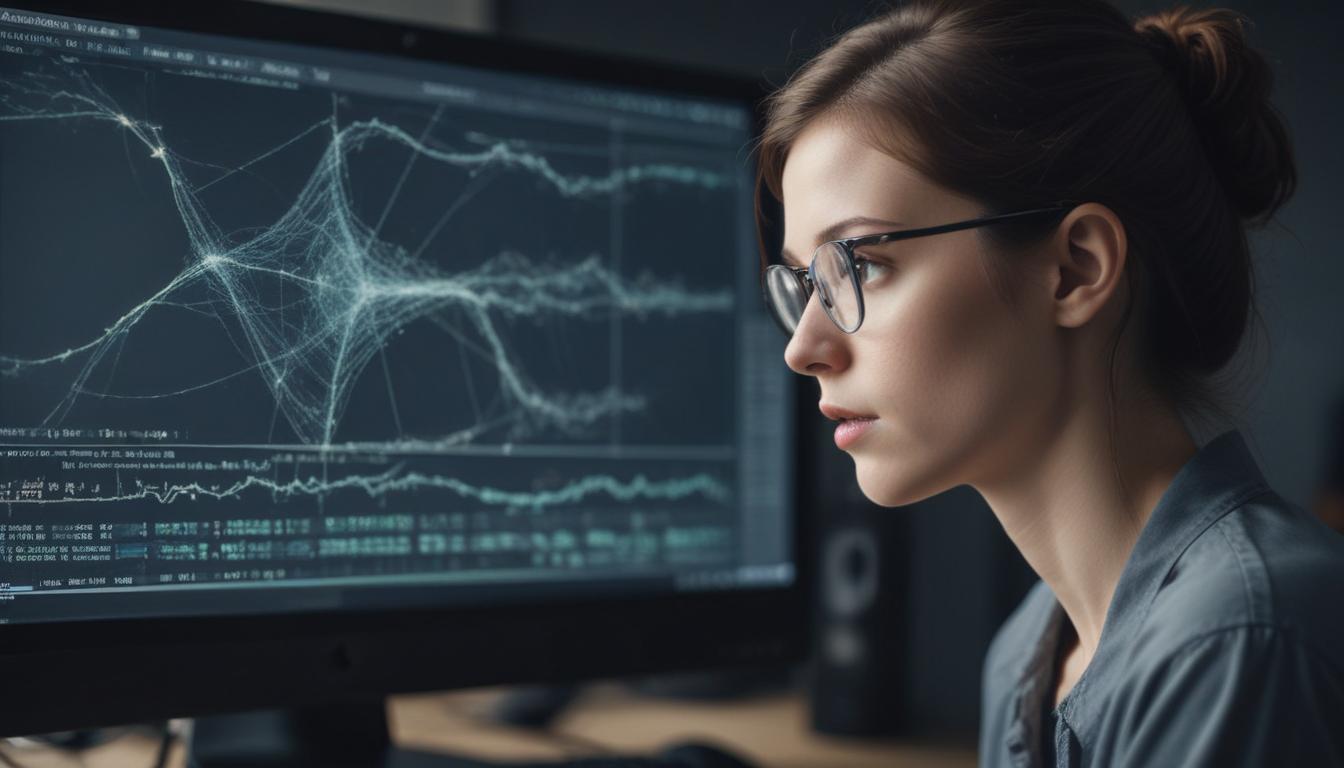
Core Concepts in Computer Vision Explained Simply
You don’t need to understand the complex math behind every algorithm to start using them. Here are the fundamental tasks in computer vision you’ll encounter.
Image Classification
This is the simplest task. You give the computer an image, and it tells you what it is. Is this a picture of a “dog,” a “cat,” or a “bicycle”? It assigns a single label to the entire image.
Object Detection
A step up from classification, object detection identifies where objects are in an image. Instead of just saying “this image contains a car,” it will draw a bounding box around each car it finds, providing its location and a label.
Image Segmentation
Segmentation is even more precise. It involves classifying each pixel in an image to determine which object it belongs to. This effectively creates a pixel-perfect mask or outline of every object, which is incredibly useful for detailed analysis, like in medical imaging or background removal tools.
Optical Character Recognition OCR
A very common and practical application, OCR is the process of identifying and extracting text from images. This is the technology behind apps that can scan a business card and add it to your contacts or digitize a printed document.
Your Toolkit Getting Started with Computer Vision
As a developer, you know the right tools make all the difference. The computer vision ecosystem is mature and well-supported.
The Essential Language Python
While other languages like C++ are used for high-performance applications, Python is the undisputed king for getting started and for most modern development. Its simple syntax, combined with an enormous ecosystem of data science and machine learning libraries, makes it the perfect choice.
Key Libraries and Frameworks
You don’t have to build everything from scratch. These libraries are your best friends.
OpenCV The Workhorse
OpenCV (Open Source Computer Vision Library) is the most famous and foundational library in the field. It provides thousands of optimized algorithms for a huge range of tasks, from basic image reading and manipulation to more advanced features like facial recognition and object tracking.
Pillow A Friendly Start
For developers new to image processing, Pillow (a fork of the Python Imaging Library or PIL) is a great starting point. It’s perfect for simpler tasks like cropping, resizing, rotating, and applying filters to images.
Deep Learning Frameworks TensorFlow and PyTorch
For state-of-the-art results, especially in classification and detection, you’ll use models built with deep learning frameworks like TensorFlow or PyTorch. The good news is you can often start by using pre-trained models, so you get all the power without the complexity of training them yourself.
Your Journey into Computer Vision Starts Now
Feeling intimidated by computer vision is normal, but the barrier to entry has never been lower. You already have the most important skill which is the mindset of a software developer. You know how to break down problems, learn new APIs, and build functional systems.
By starting with a clear goal, leveraging powerful libraries like OpenCV and Python, and focusing on practical applications, you can begin integrating this transformative technology into your projects. The visual world is full of data. It’s time to start building the software that can understand it.
